Here is an example plot along with a dataset.
fig, ax = plt.subplots(figsize = (5,5))
x_data = np.arange(0,5,1)
y_data = [10,20,4,1,28]
x_labels = ['Val1', 'Val2', 'A Lengthy', "Unexpected", 'Val5']
ax.bar(x_data, y_data, tick_label = x_labels)
I want to move the xticklabel Unexpected a little to the right. So I thought of using this
for val in ax.get_xticklabels():
if val.get_text() == "Unexpected":
x,y = val.get_position()
print(f'Old Position [{x},{y}]')
val.set_y(-0.03)
val.set_x(x + 0.25)
x,y = val.get_position()
print(f'New Position [{x},{y}]')
Here is the outcome
The label moves downwards but not towards the right.
I want to know why is set_x not working as expected. Is there anything overriding it? I got a solution online that uses transforms. Is that overriding the set_x command?



